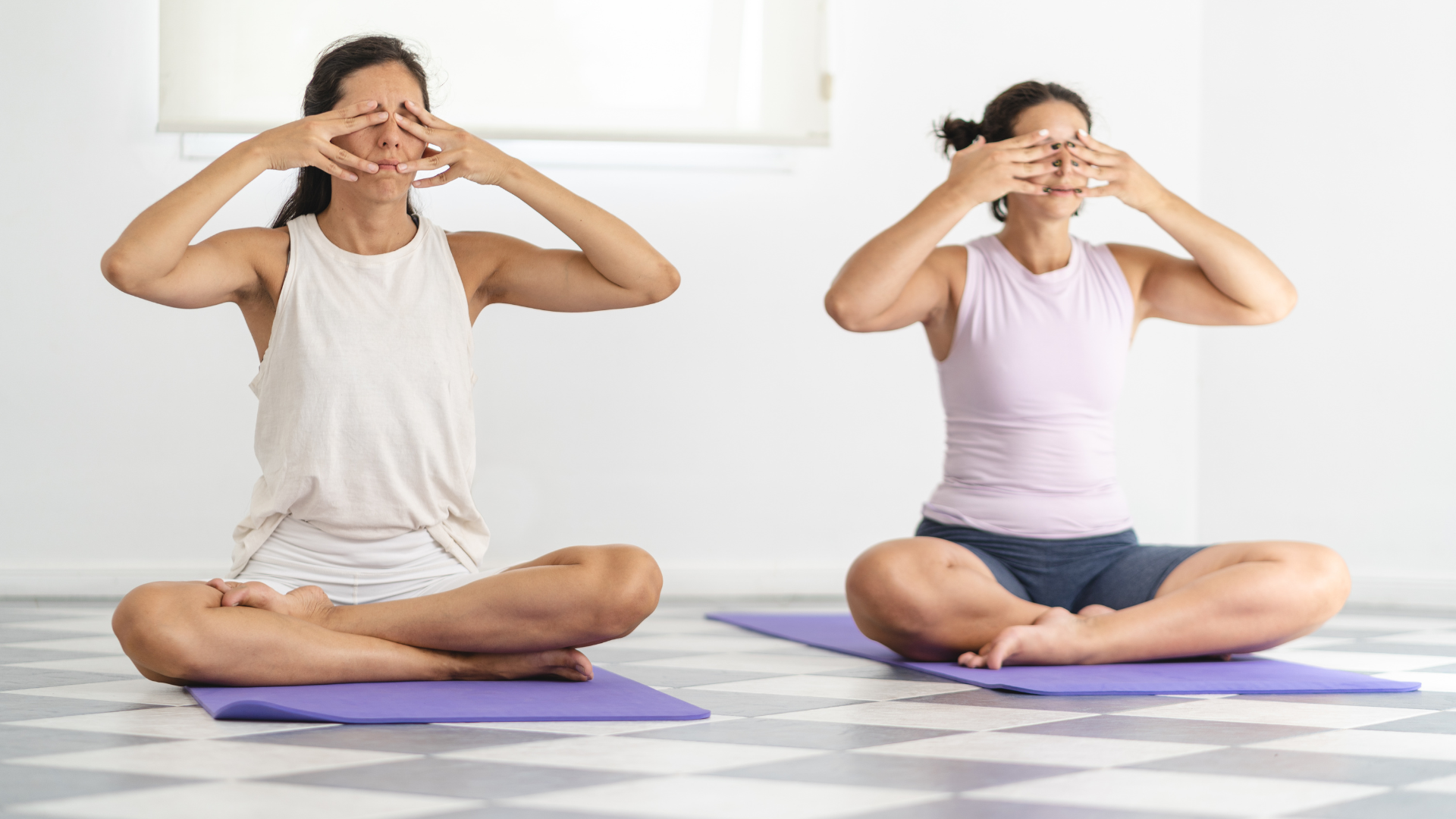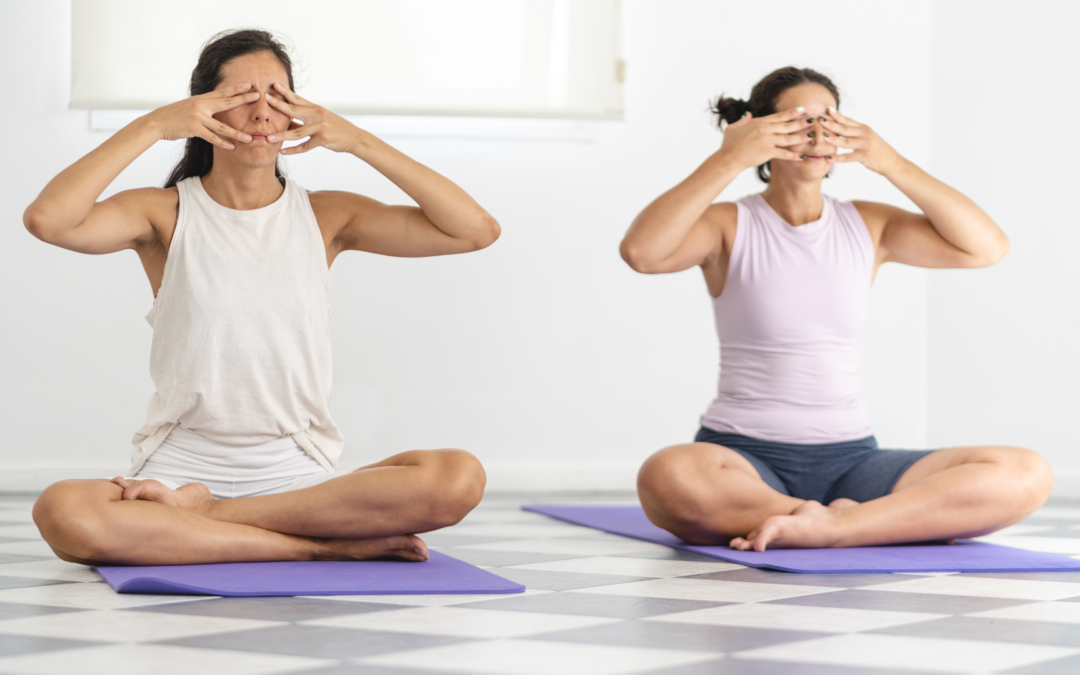The Importance of Breathwork in Yoga Practice
Breathwork, or “pranayama,” is a central component of yoga that often gets overshadowed by the physical postures (asanas). However, it plays a crucial role in enhancing the benefits of yoga practice. Understanding breathwork and its importance can transform your yoga experience, offering both physical and mental benefits.
What is Breathwork in Yoga?
Breathwork in yoga involves controlling the breath to improve physical and mental health. The word “pranayama” comes from two Sanskrit words: “prana,” meaning life force or vital energy, and “ayama,” meaning extension or control. So, pranayama essentially means the extension or control of the life force.

In yoga, breathing is not just about taking in oxygen; it’s about harnessing and regulating the vital energy within us. By focusing on how we breathe, we can influence our body and mind in profound ways.
How Breathwork Enhances Yoga Practice
- Increases Oxygen Flow
Breathwork ensures that your body receives an adequate supply of oxygen. Deep, controlled breathing helps increase lung capacity and oxygen intake. This enhanced oxygen flow can improve overall physical health, boost energy levels, and help your body function more efficiently. - Improves Concentration and Focus
Proper ten-minute breathing exercises can improve concentration and mental clarity. When you focus on your breath, it helps you stay present in the moment, reducing distractions and enhancing your ability to concentrate. This mindfulness can lead to a more effective yoga practice and a deeper connection to your body and mind. - Promotes Relaxation and Reduces Stress
Breathwork activates the parasympathetic nervous system, which is responsible for the body’s relaxation response. Slow, deep breathing reduces stress. It helps to lower cortisol levels (the stress hormone), promoting a sense of calm and relaxation. This can be particularly beneficial if you are dealing with stress or anxiety. - Enhances Physical Performance
Breathing deeply and properly can improve physical performance during yoga. It helps you maintain stamina, balance, and flexibility by ensuring your muscles get enough oxygen. Controlled breathing can also help you move more fluidly and perform postures more effectively. - Balances Energy
In yoga, breathwork is believed to help balance the flow of energy in the body. Different breathing techniques can stimulate or calm different energy channels (or “nadis”) in the body. For instance, inhaling deeply through the nose can energize the body, while exhaling slowly through the mouth can help release tension and calm the mind. - Facilitates Mind-Body Connection
Breathwork creates a bridge between the body and mind. By paying attention to your breath, you become more aware of your body’s sensations and movements. This heightened awareness can help you understand your body’s needs, limitations, and strengths, leading to a more mindful and intentional practice. Explore our blog, ‘The Benefits of Daily Yoga: Transform Your Mind and Body,‘ to uncover how a daily yoga practice can enhance your well-being and invigorate your life.
Common Breathwork Techniques in Yoga

- Ujjayi Breath (Victorious Breath)
Ujjayi breath involves inhaling and exhaling through the nose while slightly constricting the back of the throat. This creates a soft, ocean-like sound and helps regulate the breath. Ujjayi breath is often used in vinyasa yoga to maintain a steady rhythm and enhance focus. - Nadi Shodhana (Alternate Nostril Breathing)
Nadi Shodhana involves alternating the breath between the left and right nostrils. This technique is used to balance the left and right hemispheres of the brain, calm the nervous system, and promote mental clarity. It’s often practiced to help alleviate stress and anxiety. - Kapalabhati (Skull Shining Breath)
Kapalabhati involves a series of short, forceful exhalations followed by passive inhalations. This breathwork technique helps cleanse the respiratory system, energize the body, and increase mental clarity. It’s often used to invigorate the body and prepare for more intense practice. - Bhramari (Bee Breath)
Bhramari involves inhaling deeply and then making a humming sound while exhaling. This technique helps calm the mind, reduce stress, and promote a sense of inner peace. The vibrating sound can also help soothe the nervous system.
How to Incorporate Breathwork into Your Yoga Practice

- Start with Awareness
Begin by simply paying attention to your breath. Notice how you breathe naturally and try to observe any patterns or irregularities. This awareness is the first step in learning to control and enhance your breath. - Practice Regularly
Incorporate breathwork into your daily online yoga classes. Start with a few minutes of focused breathing at the beginning or end of your practice. Gradually increase the time as you become more comfortable with the techniques. - Combine Breath with Movement
Coordinate your breath with your movements. For instance, inhale as you lift your arms and exhale as you lower them. This synchronization can help create a more fluid and harmonious practice. - Use Breathwork to Modify Postures
If you’re struggling with a particular posture, use breathwork to help. For example, take deep breaths to help you relax into a stretch or use forceful exhalations to help you engage your core muscles. - Experiment with Different Techniques
Try various breathwork techniques to see which ones resonate with you. Each technique has its own benefits, so experimenting can help you find the practices that best support your goals and needs. - Seek Guidance
If you’re new to breathwork, consider taking a class or working with a yoga teacher who can guide you through the techniques. They can provide valuable feedback and help you refine your practice.
The Benefits of Breathwork Beyond Yoga
Breathwork is not only beneficial during yoga practice but can also have a positive impact on your overall well-being. Regular practice can improve your ability to handle stress, enhance emotional resilience, and boost your overall health. It’s a simple yet powerful tool that can be used in various aspects of daily life, from managing stress to improving focus and energy levels.
Conclusion
Breathwork is an essential aspect of yoga that often gets less attention than physical postures. However, its impact on your practice and overall well-being is profound. By learning and integrating different breathwork techniques, you can enhance your yoga practice, improve your physical health, and cultivate a deeper sense of calm and focus.
Incorporating breathwork into your routine doesn’t require a lot of time or effort but can lead to significant improvements in how you feel and perform. As you continue to explore and practice breathwork, you’ll likely find that it not only enriches your yoga experience but also positively influences various aspects of your life. So take a deep breath, and let the power of breathwork guide you on your yoga journey.
Inquiry
If you have any questions, please feel free to reach out. We’ll be glad to help!

